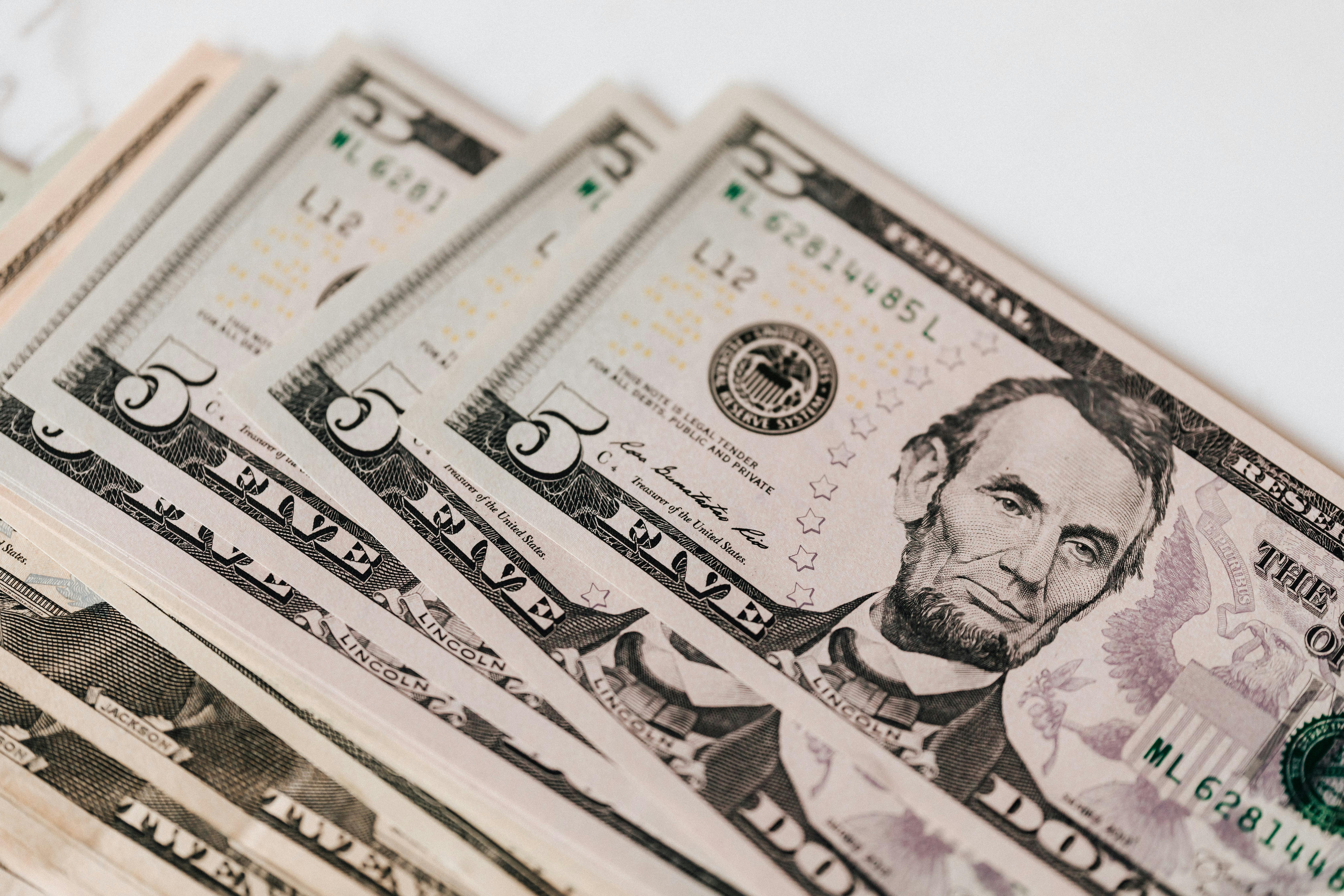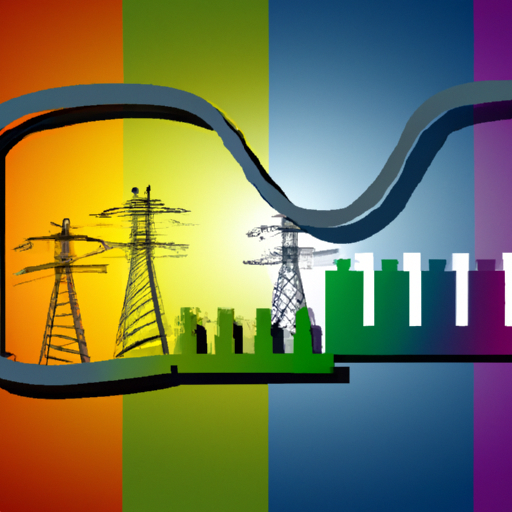Imagine yourself standing at the heart of an intricate puzzle, striving to unravel the mysteries of tiered electricity rates. The obscurity that surrounds this topic might have you feeling stuck and overwhelmed. Imagine no more; here’s your chance to clear the fog and get a grip on this widely-used pricing structure in the energy sector. This article, “Understanding What Are Tiered Electricity Rates?” is about to take you on a compelling journey that unfolds the mechanics of tiered electricity rates in an easy-to-understand format, peppered with engaging insights. Equip yourself with this knowledge to become an informed consumer who knows how to play the game of utility bills.

Understanding Tiered Electricity Rates
Understanding your utility bill can sometimes be a perplexing encounter. One aspect that often creates confusion is tiered electricity rates. Tiered electricity rates are a system of charging where the price of electricity changes based upon how much you use.
Definition of Tiered Electricity Rates
In a tiered electricity rate, the cost varies according to your consumption. It involves a multi-stage pricing scheme. These stages, or “tiers”, each have a different rate per kilowatt-hour (kWh). The more electricity you use, the higher the tier you will be placed in, and consequently, the more you will pay per kWh.
Purpose of Tiered Electricity Rates
The principal idea behind tiered electricity rates is to incentivize energy conservation. They encourage consumers to reduce their electricity consumption to avoid moving into a higher, more costly tier. Furthermore, some tiered rate structures are designed to ensure that low-income customers, who typically use less electricity, can afford essential energy services.
Differences Between Tiered and Non-tiered Rates
Understanding how tiered rates contrast with non-tiered rates is vital for making informed decisions regarding your electricity usage.
Comparison of Cost Structures
In a non-tiered rate system, you pay the same amount per kWh, regardless of how much electricity you use. This is often called a flat or uniform rate. In contrast, under the tiered rate structure, the rate per kWh increases as your usage increases. Your utility company defines set usage amounts for each tier, and the price per kWh changes whenever you move to a different tier.
Impact on Consumer Billing
With a non-tiered rate, your electricity bill is reasonably predictable. You can estimate your monthly costs by multiplying your average electricity usage by the flat rate. However, with tiered rates, your bill can vary significantly based on your consumption patterns. Higher usage will move you into a higher tier, resulting in higher costs per kWh.
Components of Tiered Electricity Rates
To understand and manage your electricity costs better, it’s important to know what comprises tiered electricity rates.
Breakdown of Rate Levels
Tiered rates consist of various levels or “tiers” of electricity usage. Each tier has a specific rate per kWh. The first tier typically includes basic electricity needs and has the lowest rate. As you consume more electricity, you ascend to higher tiers, each with a progressively higher rate.
Understanding Different Tiers
Each utility company may set its tiers differently. You should understand the usage limits for each tier and the rate per kWh to manage your electricity consumption better. This information is usually listed in the tariff sheets provided by your electric company.
Pros and Cons of Tiered Electricity Rates
Like any pricing models, tiered electricity rates also have their own advantages and drawbacks.
Benefits of Tiered Rates
Tiered rates can promote energy conservation since higher usage leads to higher costs. They can also be more equitable, as low-consuming, often low-income customers don’t have to pay as much as high-consuming customers.
Disadvantages of Tiered Rates
On the flip side, tiered rates can result in significantly higher bills if you consume a lot of electricity or if your usage unexpectedly increases. It can also be more challenging to predict your electricity costs each month accurately.

How Tiered Electricity Rates Affect Consumption
The pricing structure of tiered rates does influence consumers’ behavior and the general approach to energy conservation.
Influence on Consumer Behavior
Tiered rates can influence consumers to reduce their electricity usage, particularly if they are close to moving up a tier. Consumers who better understand their billing system can adjust their usage patterns accordingly, avoiding higher costs.
Impact on Energy Conservation
By incentivizing lower electricity use, tiered rates encourage consumers to conserve energy. This not only saves customers money but also helps reduce overall energy demand and carbon emissions.
Moving Between Tiers in Electricity Billing
Knowing how and when you move between tiers can help you control your costs.
Criteria for Moving Up a Tier
You move up a tier when your electricity consumption exceeds the usage limit set for your existing tier. Once you cross into the next tier, you will be billed at that tier’s higher rate for the rest of the billing period.
Criteria for Moving Down a Tier
Your tier placement resets at the start of each new billing period. You don’t move down a tier within a billing period. To stay in a lower tier, you would need to manage your electricity use not to exceed the threshold of the lower tier in the next billing period.

Case Studies of Tiered Electricity Rates
Different regions have different experiences with the implementation of tiered rates.
Examples of Regions Using Tiered Rates
Many regions globally, including parts of Canada, the USA, and Europe, use tiered electricity rates. Each implements its unique version of the system, with differing tier structures and rates.
Experiences from Different Countries
Experiences vary widely. In some regions, tiered rates have been successful in reducing energy consumption and providing more equitably distributed electricity costs. However, other places have found customers resistant to changing their consumption habits or confusing to understand the tiered system.
Alternatives to Tiered Electricity Rates
While tiered rate systems are prevalent, they are not the only game in town.
Time-of-Use Rates
Time-of-use rates charge different prices at different times of day, encouraging consumers to shift their usage to off-peak hours when electricity demand is lower.
Demand Rates
Demand rates, also known as “demand charges,” are determined by your highest level of electricity usage in a given period. This encourages customers to avoid spikes in electricity consumption.
Understanding Your Electricity Bill
Understanding your electricity bill, particularly regarding tiered rates, can be challenging, but it’s essential in managing your costs.
Interpreting Billing Section for Tiered Rates
Comprehending the billing section that relates to tiered rates can give you more control over your bill. It usually indicates how much electricity you consumed in each tier and the specific rate for each tier.
How to Monitor Your Consumption
You can generally monitor your consumption through your account with your utility company, either online or on a paper bill. Regular monitoring helps you anticipate any changes in your bill or modifications you might want to make in your usage to stay within a lower tier.
How to Save Money with Tiered Electricity Rates
Through smart decisions and adjustments, it’s possible to save money, even within a tiered rate system.
Energy Saving Tips
Think about switching off lights when not in use, using energy-efficient appliances, and optimizing your thermostat settings. Small changes can help you stay within lower tiers, reducing your monthly bill.
Efficient Use of Electricity
Consider how you use your electricity. Can you reduce usage during peak hours? Can you accomplish more with less energy? Does your home need energy-efficient upgrades? Efficient use of electricity can significantly impact your consumption level and help you save money in a tiered rate structure.
